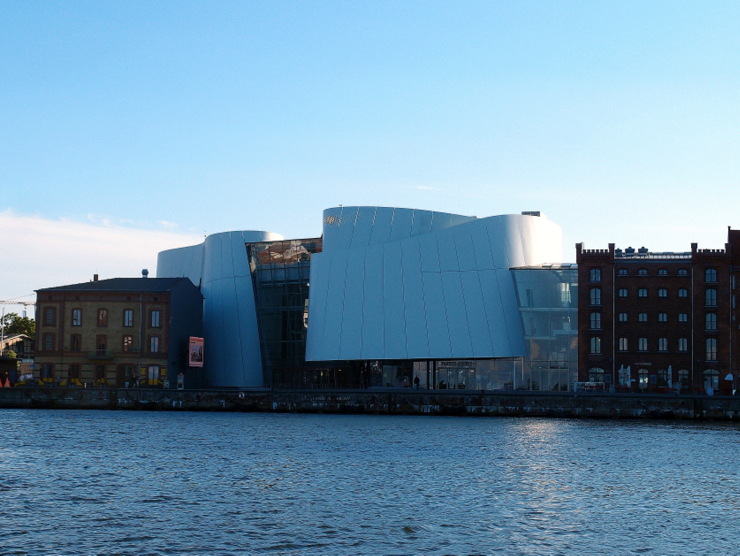
The Ozeanum is a public aquarium located in the historical harbour of Stralsund. It is part of the German Oceanographic Museum (Deutsches Meeresmuseum) and displays primarily sea life of the North Sea and the Baltic Sea.
Browse through your travel destination!

The Ozeanum is a public aquarium located in the historical harbour of Stralsund. It is part of the German Oceanographic Museum (Deutsches Meeresmuseum) and displays primarily sea life of the North Sea and the Baltic Sea.
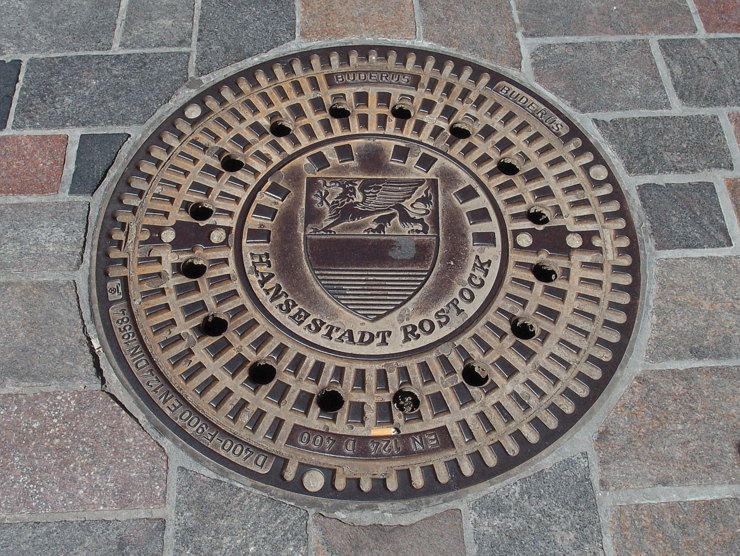
The manhole covers in Rostock display the coat of arms of the city. The coat of arms dating back to 1367 depicts a golden griffin of a blue field (representing the former princes of Rostock) with bars of silver and red (the colours of the Hanseatic League).

Hohenzollern Castle in Heiligendamm is more a guest residence than a castle. Grand Duke Paul Friedrich commissioned the building to accommodate his noble guests. It saw its completion in the 1840s.
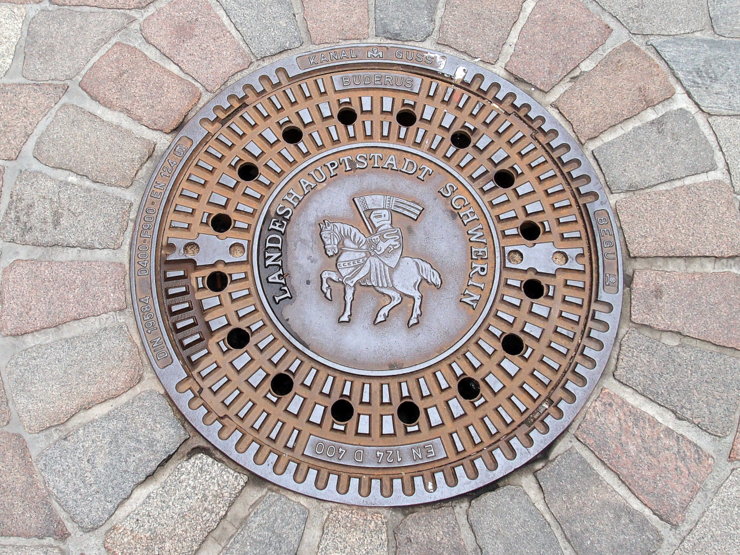
The capital city (LANDESHAUPTSTADT) of Mecklenburg-Vorpommern is SCHWERIN. The manhole covers in Schwerin show the city arms in the version of 1991. The depicted knight represents Henry the Lion (Heinrich der Löwe).
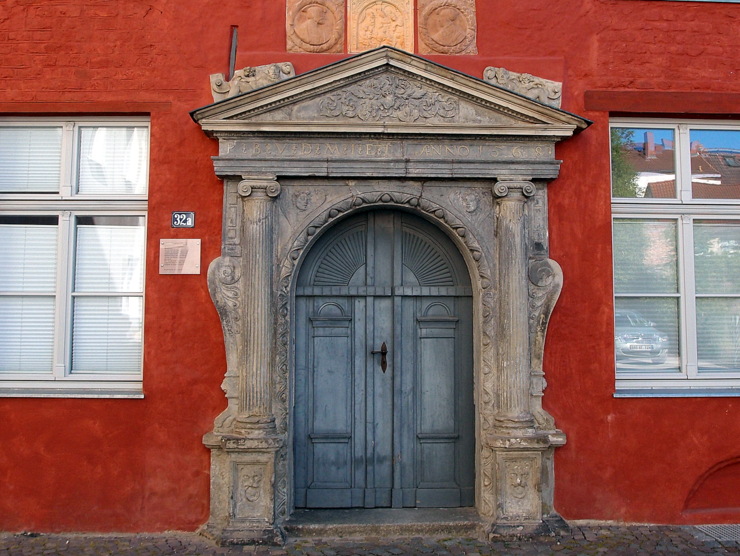
This Renaissance portal, dating back to 1568, can be found at Jacobiturmstraße 32 in the German World Heritage Site of Stralsund. The three terracotta panels are considered to have been created by sculptor Statius von Düren.
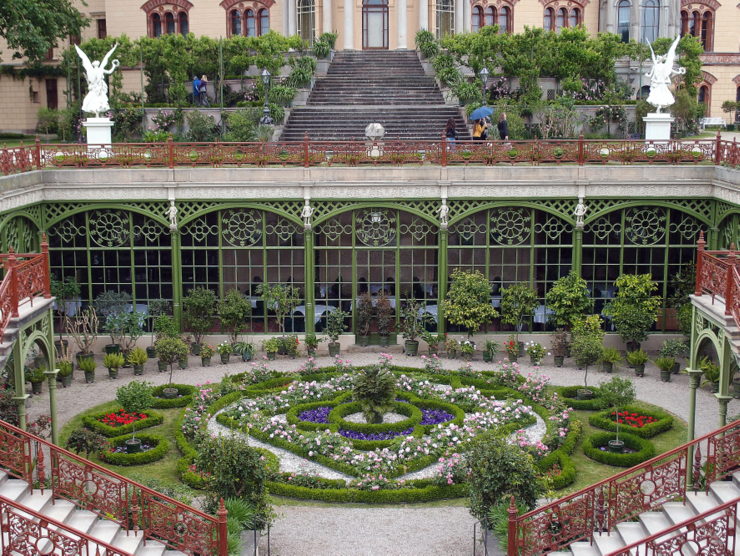
The Orangery of Schwerin Castle (Schloss Schwerin) dates back to 1853. During the German Democratic Republic, the building housed a Polytechnic Museum for a few years. Today, during the warm seasons, visitors to the Orangerie Café enjoy cakes and coffee.
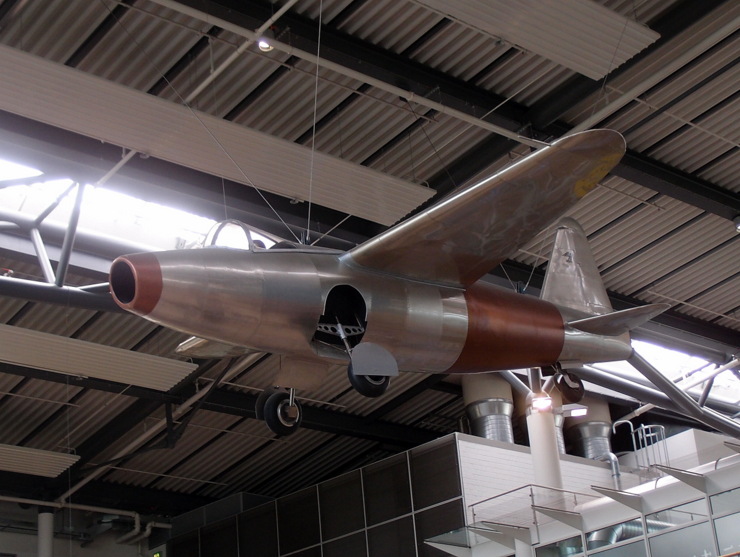
On 27 August 1939, the first aircraft with a jet engine completed its maiden flight. The He 178 was developed by Ernst Heinkel Flugzeugwerke. In memory of its first start in Rostock-Marienehe, a replica hangs in the check-in hall of Rostock Airport.
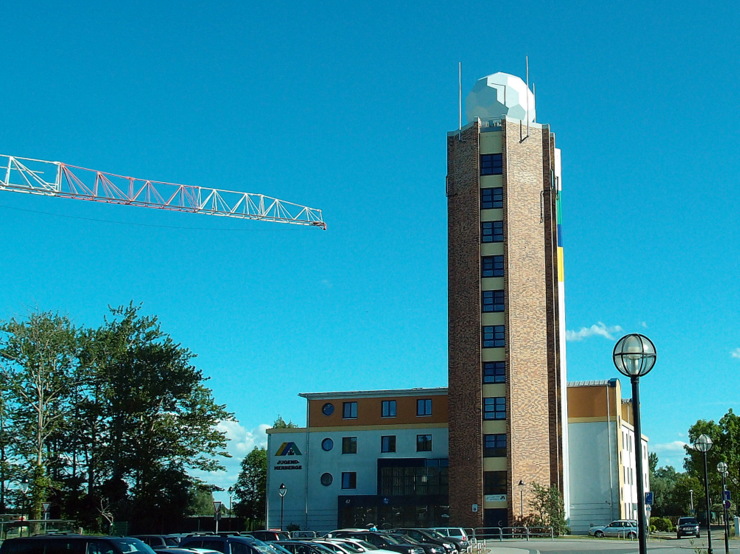
A fun way to stay in Warnemünde is this youth hostel in the edifice of a former weather station. The equipment on top of the tower still collects data for weather forecasting. Guests of the hostel will find the Baltic Sea not far away.
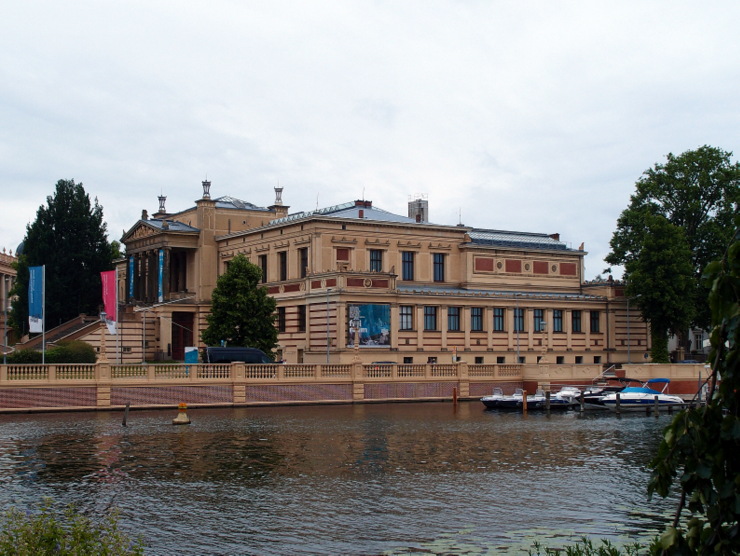
The Gallery of Old & New Masters (Galerie Alte & Neue Meister) in Schwerin is part of the State Museum Schwerin (Staatliches Museum Schwerin). The building, designed by architect Hermann Willebrand, opened in 1882.
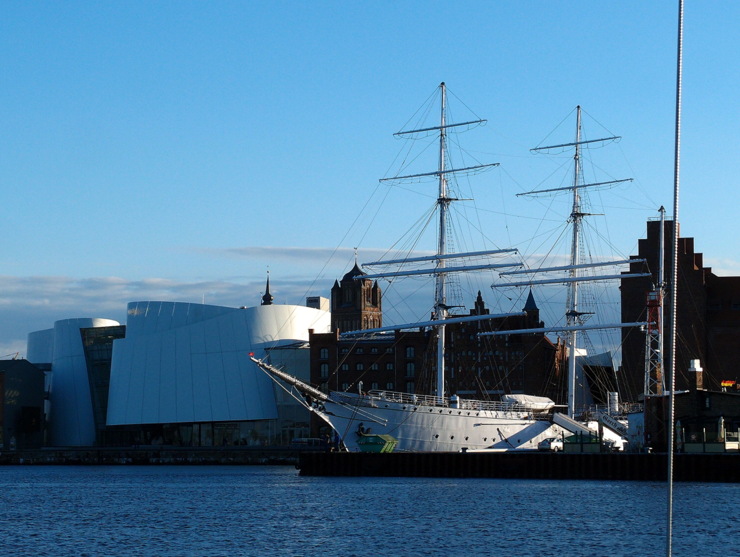
The Gorch Fock I dates back to 1933. Before WWII, it served as a school ship for the German Reichsmarine. Today, it is a museum ship in Stralsund. Its name refers to the author Johann Wilhelm Kinau, who used the pseudonym Gorch Fock for his works.
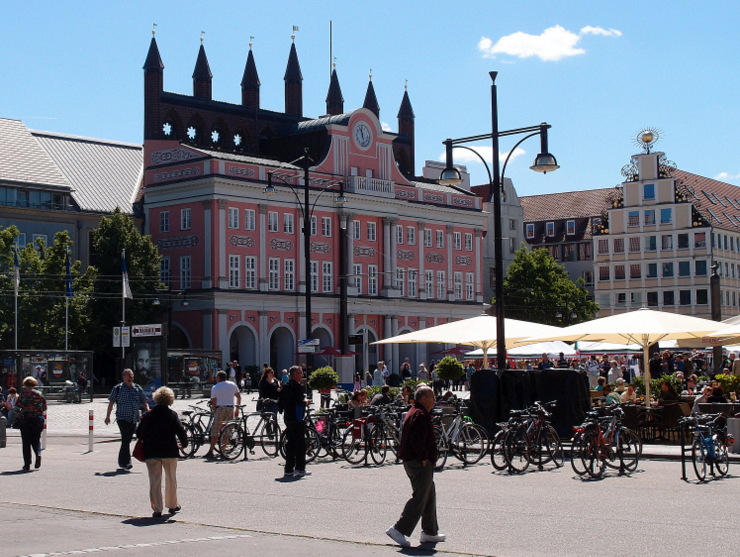
The city hall of Rostock on the Neue Markt square dates back to the 13th century. Its architecture is a mixture of two styles. A Baroque porch expanded the Gothic building in the 18th century.
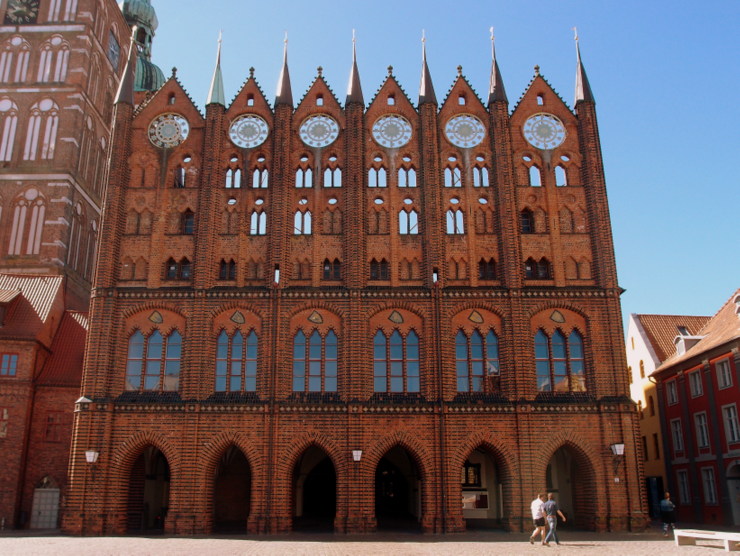
The Gothic Town Hall in Stralsund dates back to the 13th century. You will find this iconic piece of architecture on Old Market Square. It is considered one of the most important secular buildings of northern German Brick Gothic architecture.